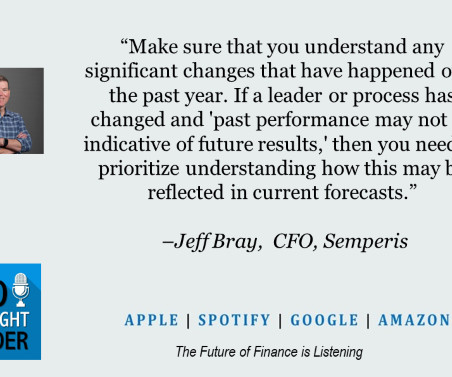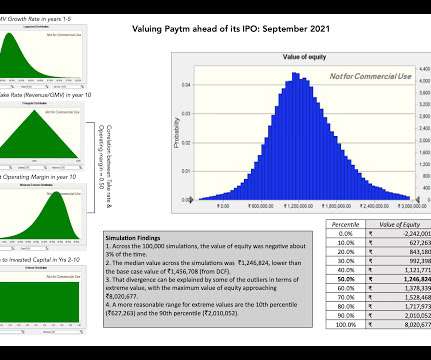991: Transforming Investment Wisdom Into Management Strategy | Jeff Bray, CFO, Semperis
CFO Thought Leader
APRIL 15, 2024
He recalls a strategic moment when he realized that narrowing his investments from many down to just three to five key stocks would greatly amplify his success. Semperis’s CFO insists on a robust framework within which sales efforts align precisely with company goals and resources are invested in segments that drive the most value.
















Let's personalize your content